Bread is more than just a staple food—it’s a reflection of cultural heritage and tradition across the globe. From the crusty French baguette to the spongy Ethiopian injera, each type of bread carries its own story and significance. This article delves into 15 traditional breads, showcasing their cultural importance and the diverse ways in which societies celebrate their culinary traditions.
Baguette (France)
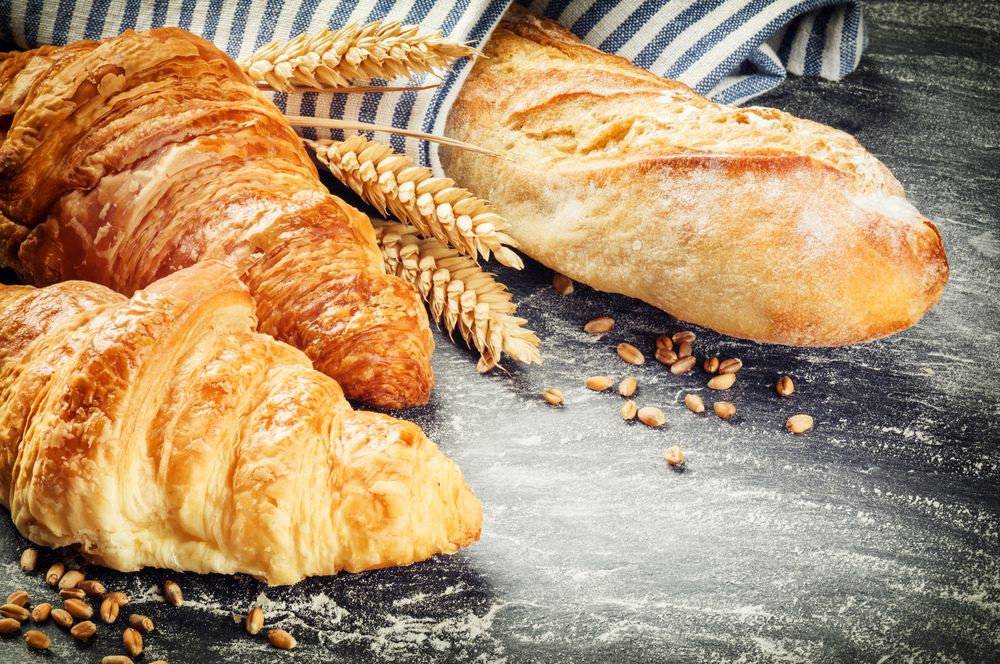
The Baguette, a symbol of French cuisine, is known for its long, thin shape and crispy crust. It emerged in the 20th century and quickly became integral to French dining, representing the simplicity and elegance of French baking. The Baguette’s crust and soft interior make it versatile, perfect for sandwiches or as an accompaniment to cheese and charcuterie, embodying the essence of French gastronomy.
Naan (India)
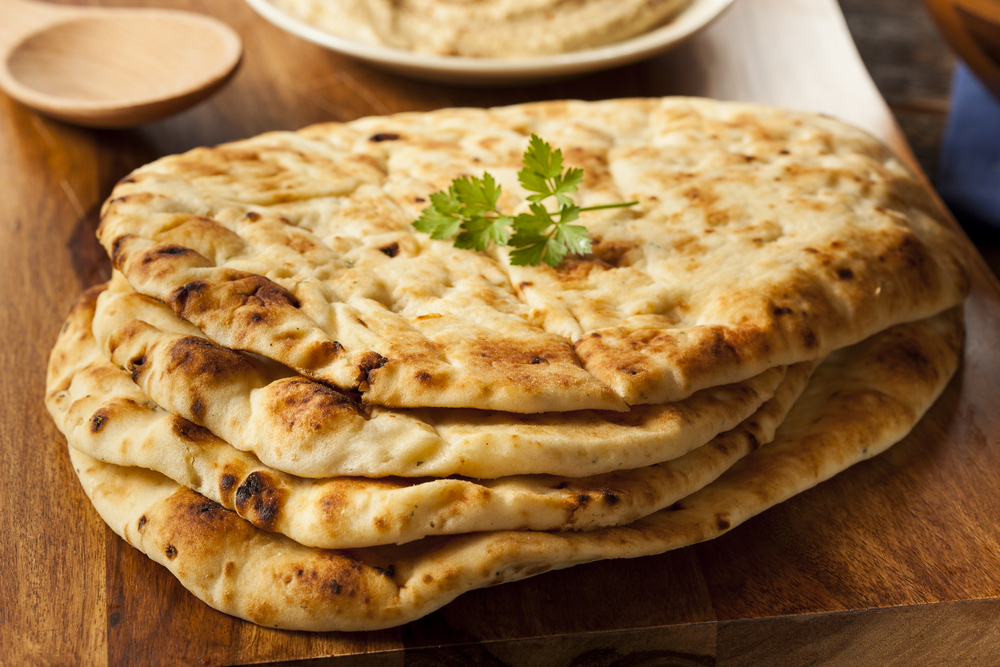
Naan is a soft, pillowy flatbread integral to Indian cuisine, traditionally baked in a tandoor or clay oven. Its origins trace back to ancient India, symbolizing the amalgamation of cultures and culinary techniques over centuries. Naan is often served with curries or cooked with garlic and butter, highlighting its role in enhancing the flavors of Indian dishes.
Sourdough (San Francisco, USA)
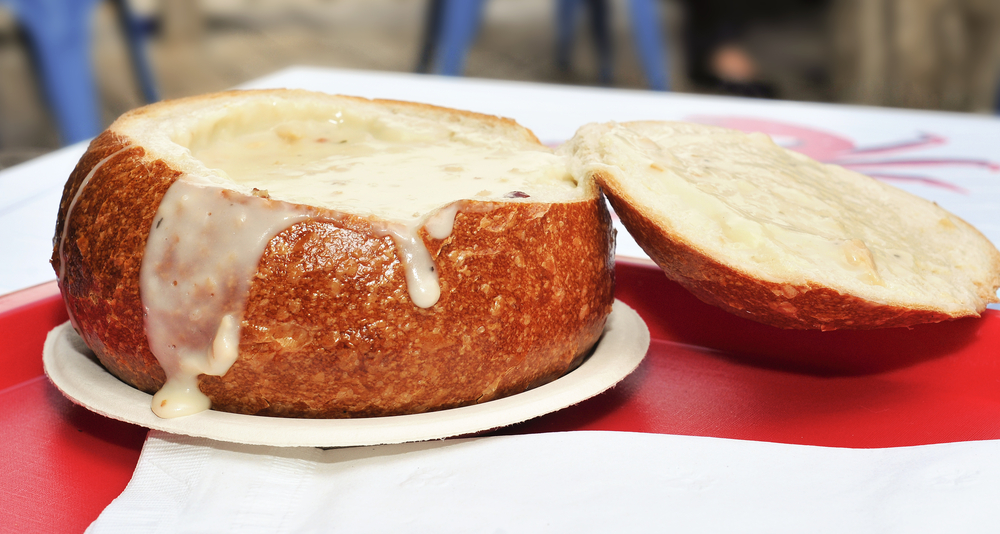
Sourdough bread, with its distinctive tangy flavor, is a hallmark of San Francisco’s culinary scene, dating back to the California Gold Rush era. The natural fermentation process, which relies on wild yeasts and lactic acid bacteria, is a testament to traditional baking methods and the importance of local ingredients and environmental conditions in shaping a region’s culinary identity.
Ciabatta (Italy)
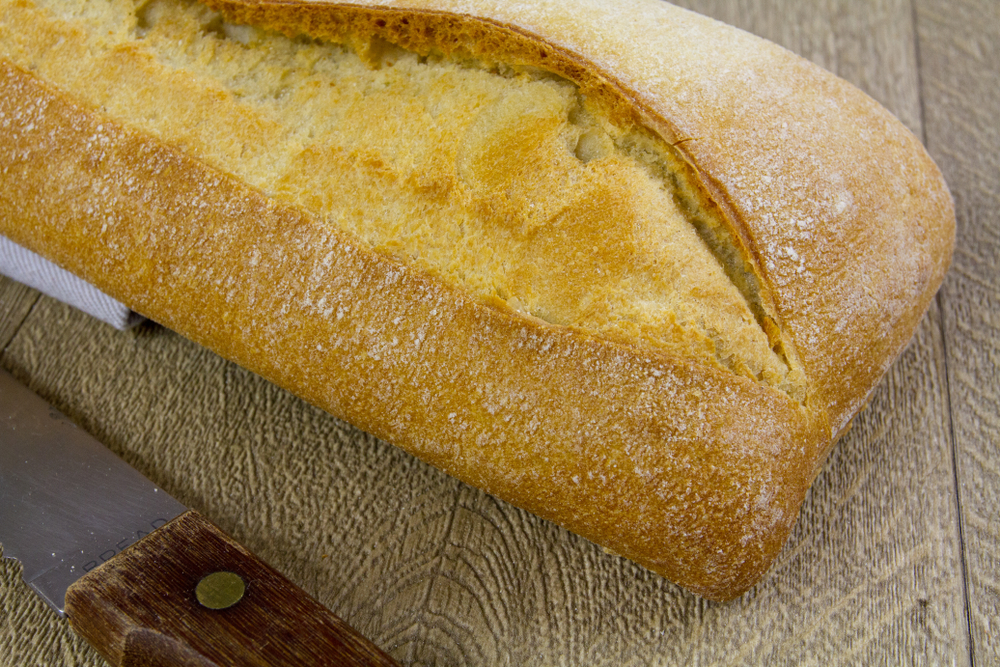
Originating in Italy, Ciabatta is known for its porous texture and crisp crust, created in response to the popularity of French baguettes. It represents the Italian flair for innovation in traditional baking, serving as a foundation for numerous sandwiches and an essential component of Italian dining.
Challah (Jewish)
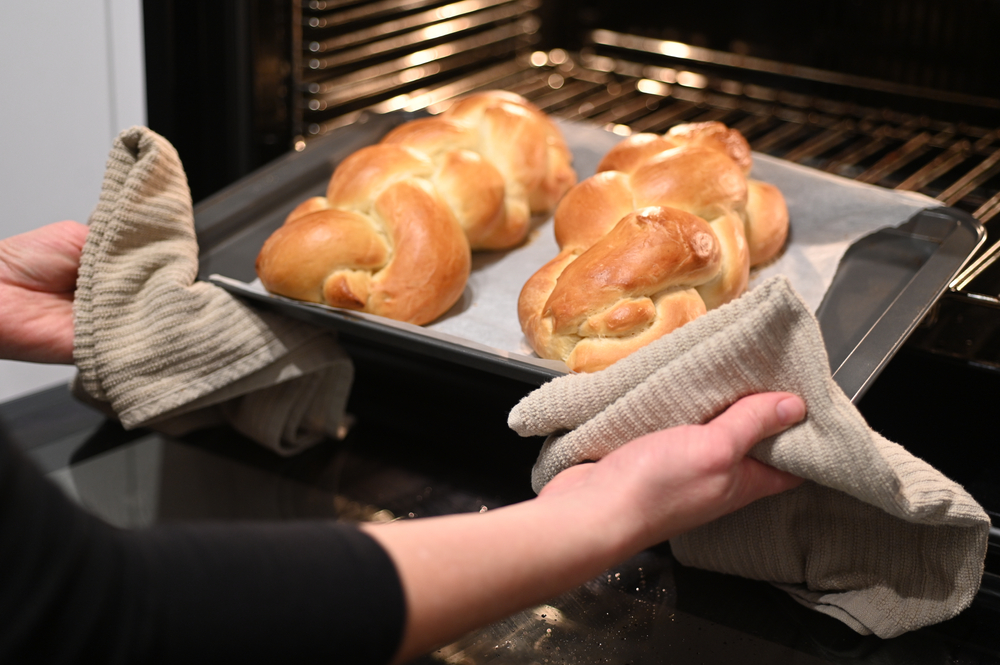
Challah is a braided bread that holds deep religious significance within Jewish culture, traditionally eaten on Sabbath and holidays. Its intricate braids symbolize unity, while its rich, sweet flavor signifies joy and celebration. Challah embodies the intertwining of food with faith and community.
Pita (Middle Eastern)
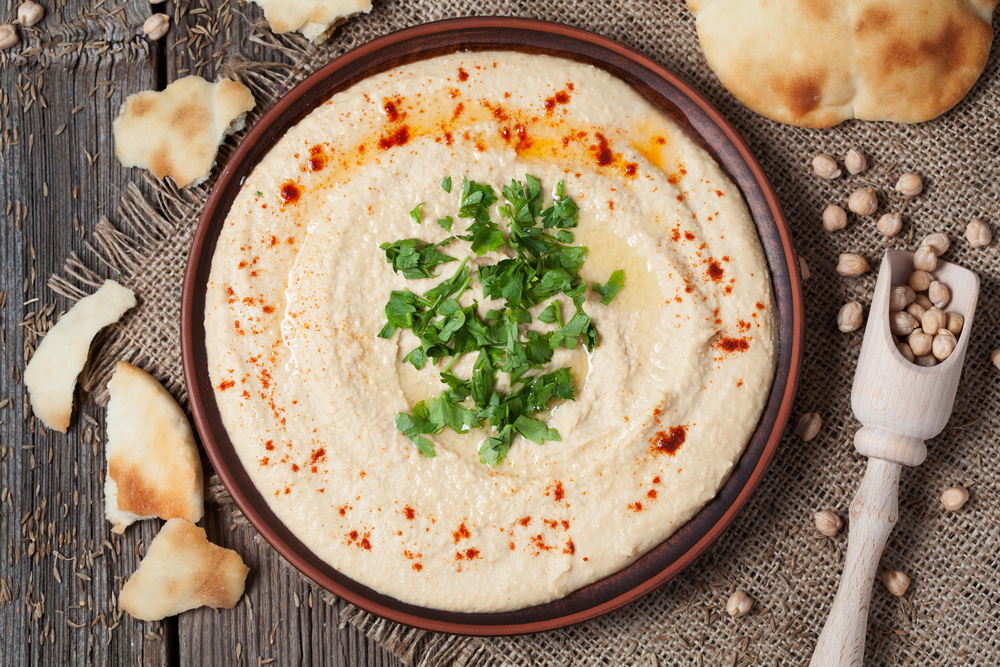
Pita is a staple of Middle Eastern cuisine, known for its soft, pocket-like structure. It’s a versatile bread, used for scooping up dips or as a wrapper for various fillings. Pita’s simplicity and functionality reflect the utilitarian aspects of traditional Middle Eastern meals.
Focaccia (Italy)
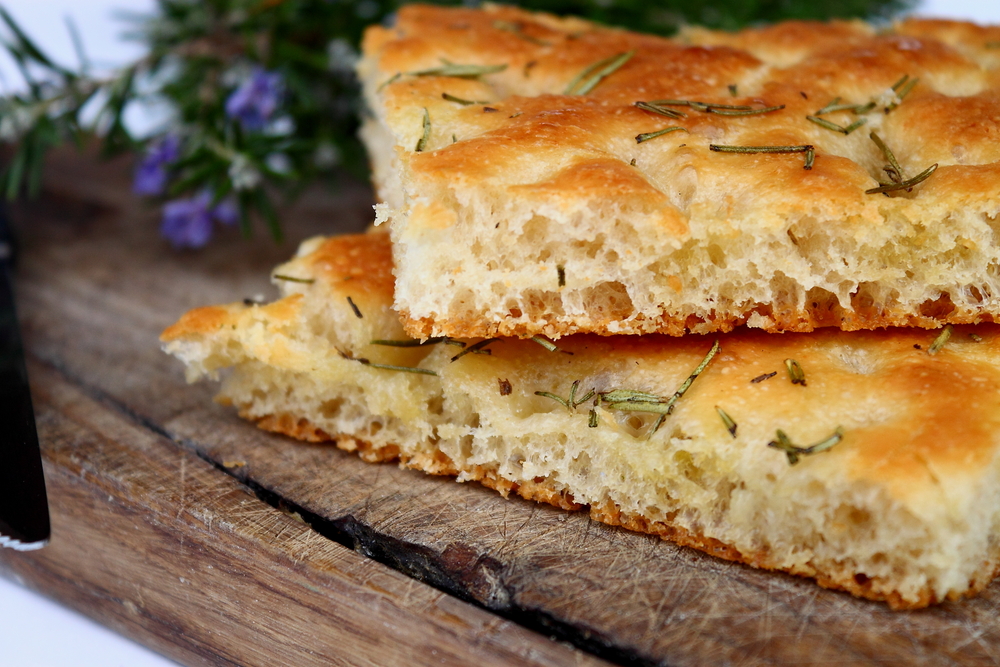
Focaccia, with its olive oil-infused surface and aromatic herbs, showcases the Mediterranean’s rich flavors. Originating from ancient Rome, it highlights the simplicity of Italian cuisine, where quality ingredients are paramount. Focaccia’s versatility makes it a popular choice for sandwiches or as a side to many dishes.
Tortilla (Mexico)
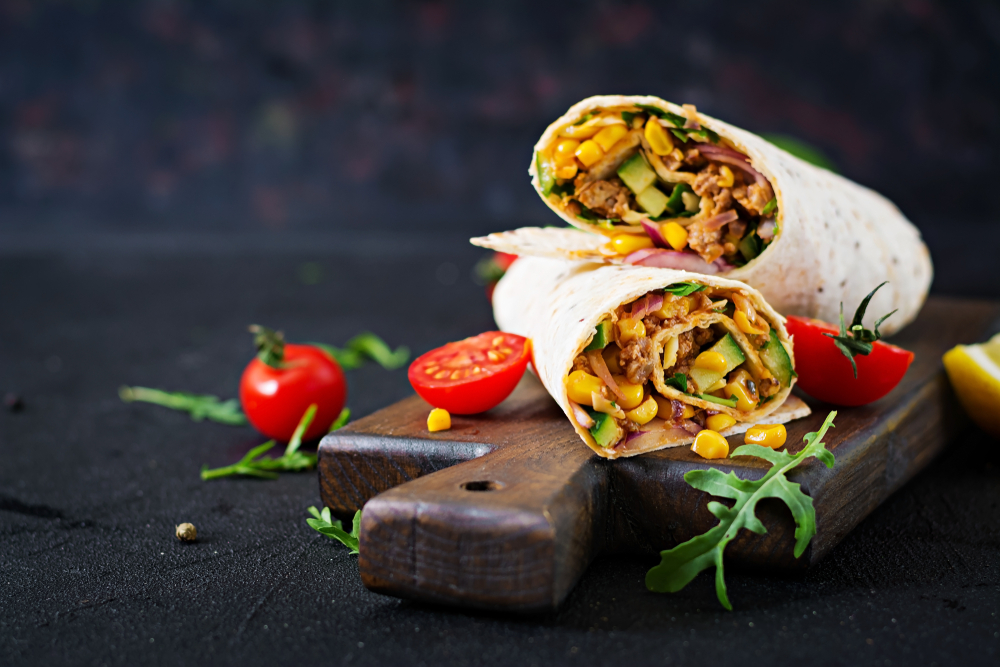
The Tortilla is central to Mexican cuisine, dating back to pre-Columbian times. Made from corn or wheat, it’s a fundamental part of dishes like tacos, burritos, and enchiladas. Tortillas embody the blend of indigenous and Spanish influences that define Mexican food culture.
Rye Bread (Eastern Europe)
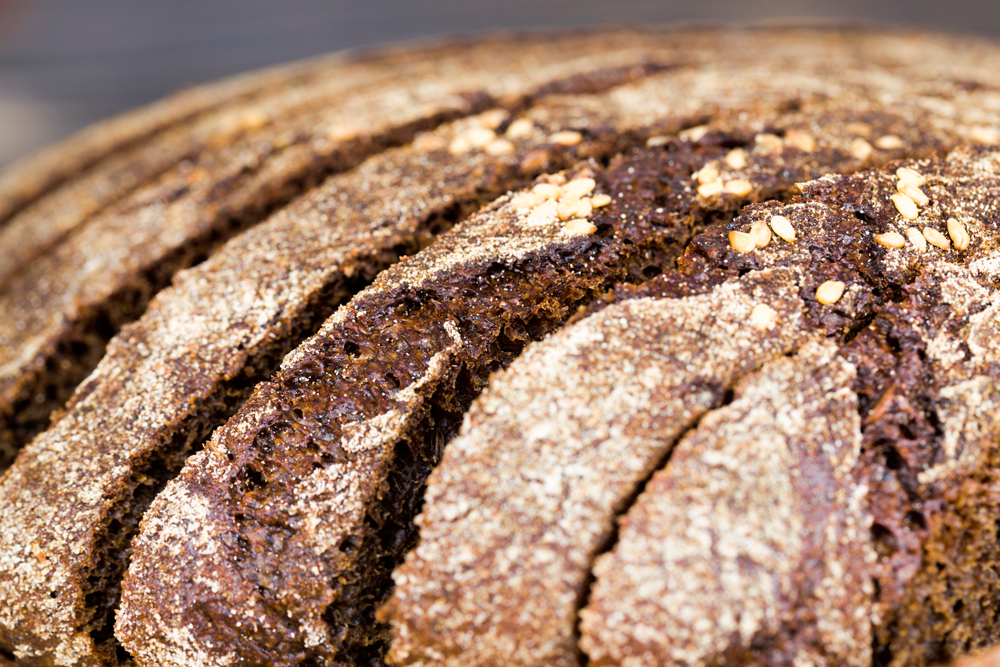
Rye Bread, particularly popular in Eastern European countries, is known for its dense texture and slightly sour taste. It reflects the adaptation to colder climates where rye grains thrive, showcasing the connection between geography and culinary preferences.
Injera (Ethiopia)
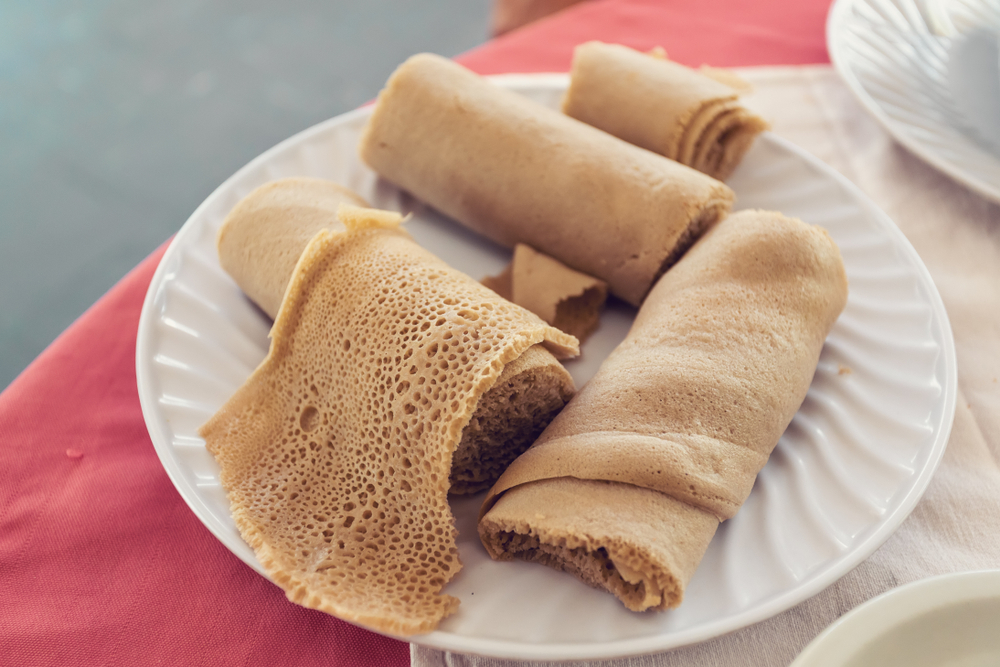
Injera is a sourdough-risen flatbread with a unique, spongy texture, serving as both a dish and utensil in Ethiopian and Eritrean cuisine. Made from teff flour, it’s a source of nutrition and a cultural emblem, highlighting the importance of communal eating.
Irish Soda Bread (Ireland) 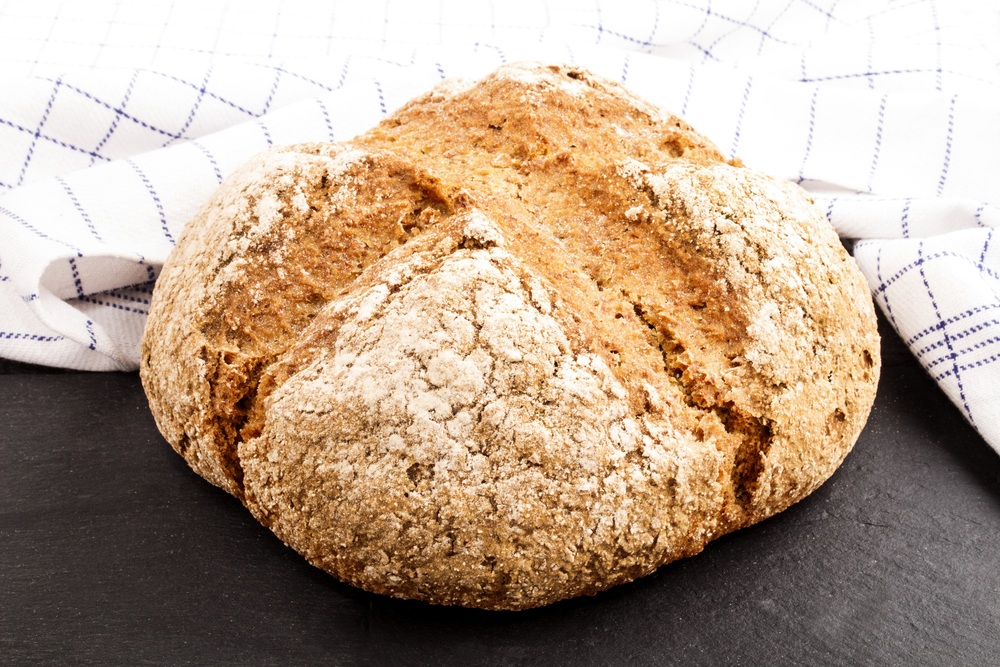
Irish Soda Bread, made with baking soda instead of yeast, is a quick bread that symbolizes resourcefulness. Its simplicity and ease of preparation made it a staple during times of economic hardship, embodying the resilience of the Irish people.
Lavash (Armenia)
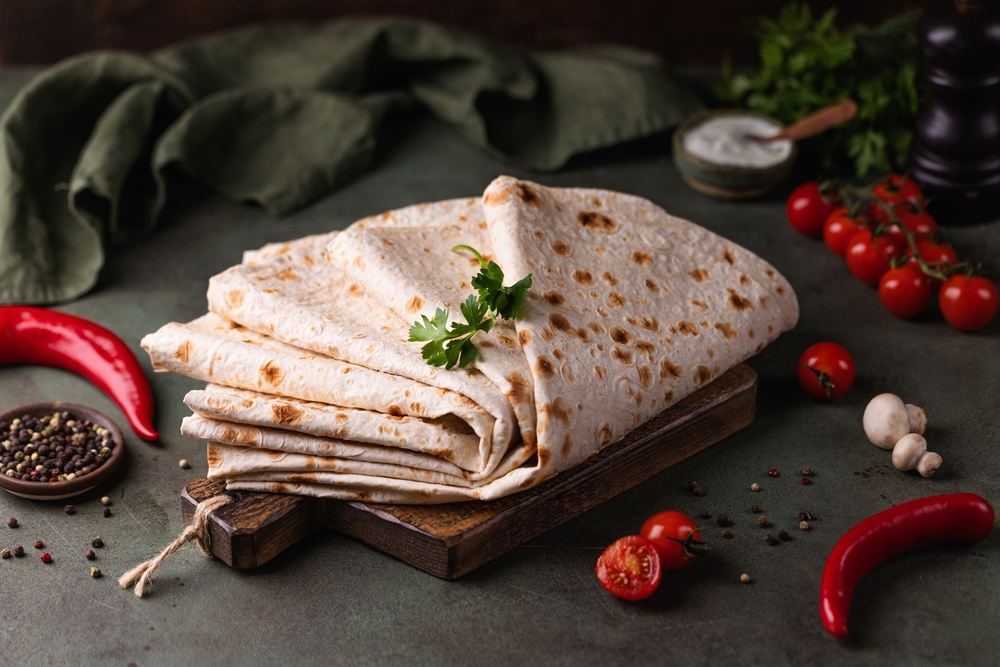
Lavash is a soft, thin flatbread that plays a crucial role in Armenian culture, symbolizing life and wisdom. It’s often used in religious ceremonies and family gatherings, representing the importance of bread in sustaining both body and spirit.
Panettone (Italy)
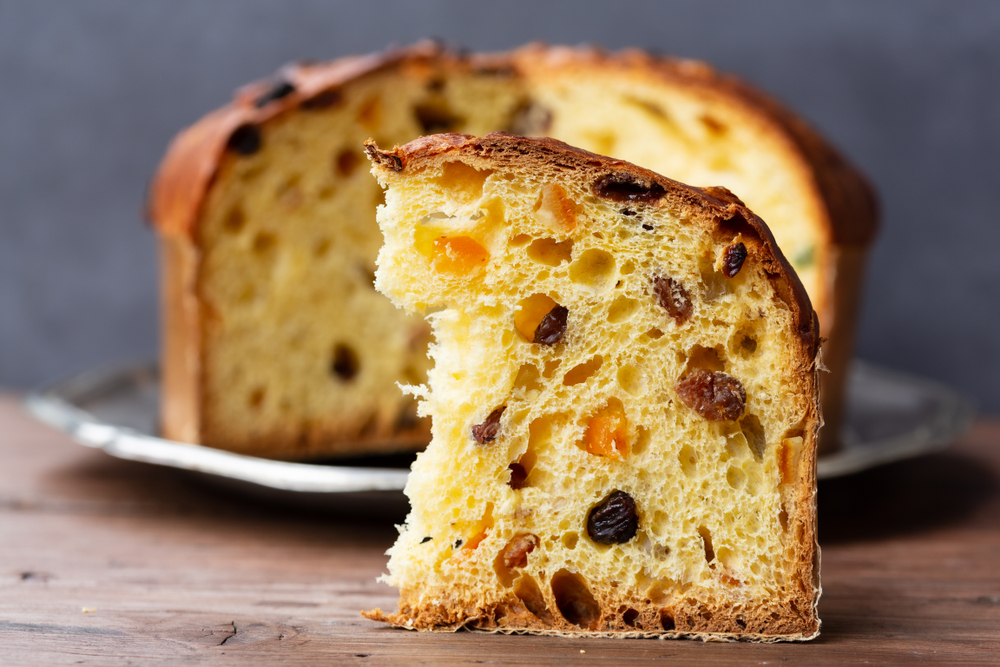
Panettone is a sweet bread loaf from Milan, traditionally prepared for Christmas and New Year. With its candied fruits and high dome, it symbolizes festivity and abundance, marking the end of the year’s harvest and the beginning of a new cycle.
Baozi (China)
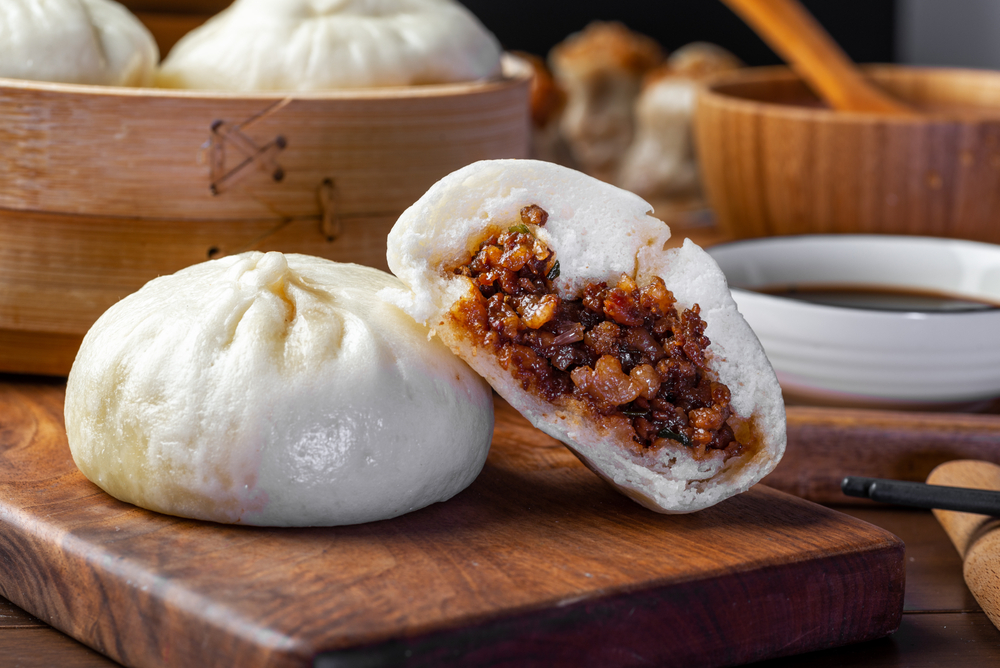
Baozi, or steamed buns, are a staple in Chinese cuisine, filled with various meats or vegetables. They represent the innovation in Chinese cooking techniques, specifically steaming, and are a common feature in celebrations and everyday meals alike.
Damper (Australia)
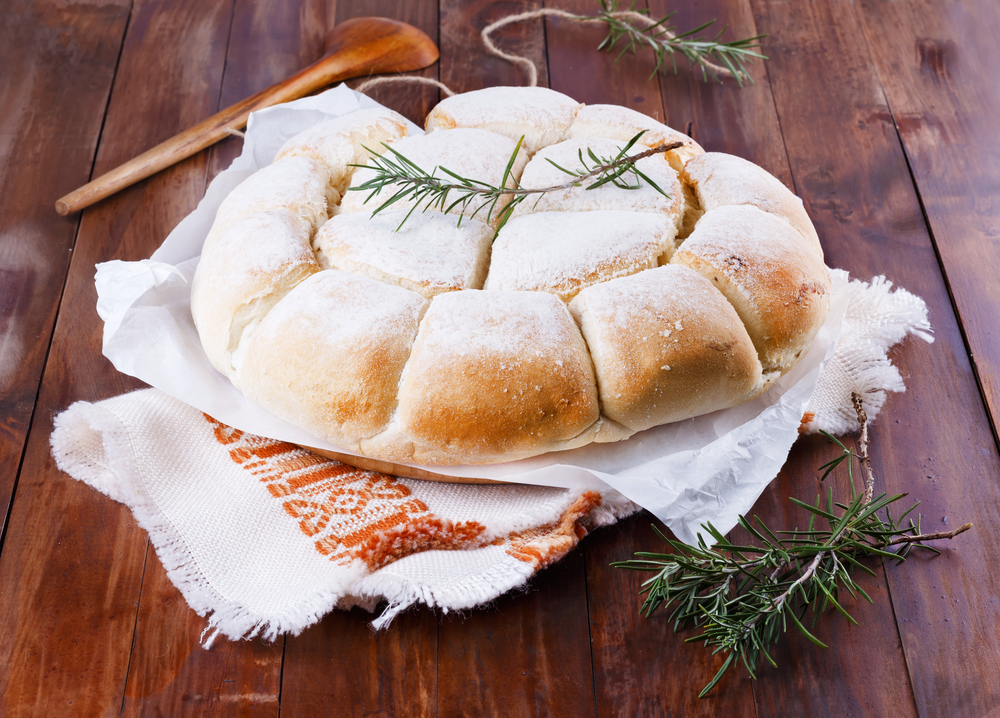
Damper is a traditional Australian bread, historically made by stockmen and drovers over campfire ashes. It’s a symbol of Australian outback life, reflecting the adaptability and simplicity of early settlers’ cuisine.
This article originally appeared on UnifyComos.
More from UnifyCosmos
21 Must-Visit Natural Wonders Around the World

These places, from towering mountains to deep blue seas, tell tales of the Earth’s past and present, offering us a glimpse into the incredible beauty and power of nature. Read More.
10 Makeup Tips for Enhancing Hooded Eyes

Whether you’re a makeup novice or a seasoned enthusiast, these expert insights will elevate your makeup game, ensuring your hooded eyes stand out in all their natural glory. Read More.
17 Widely Known “Facts” That Are Actually False
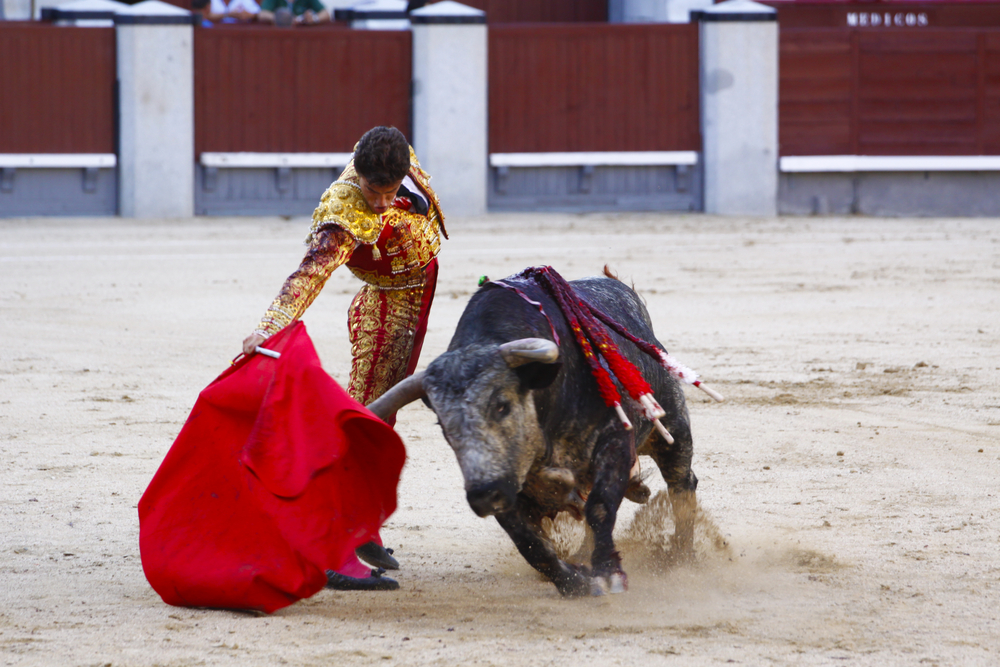
This article exposes 17 such misconceptions, revealing the truth behind these commonly accepted notions. Read More.
Leave a Reply